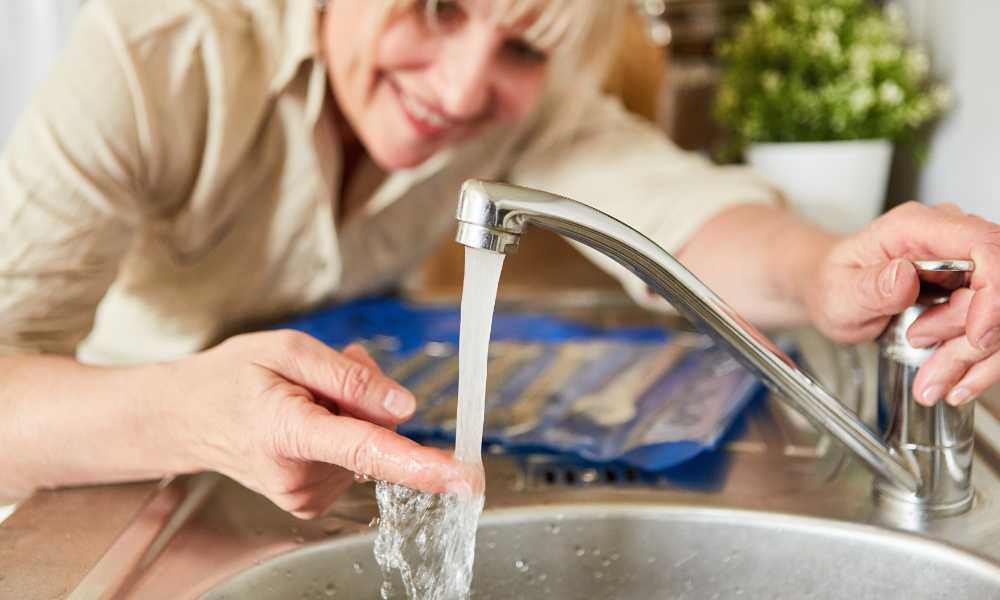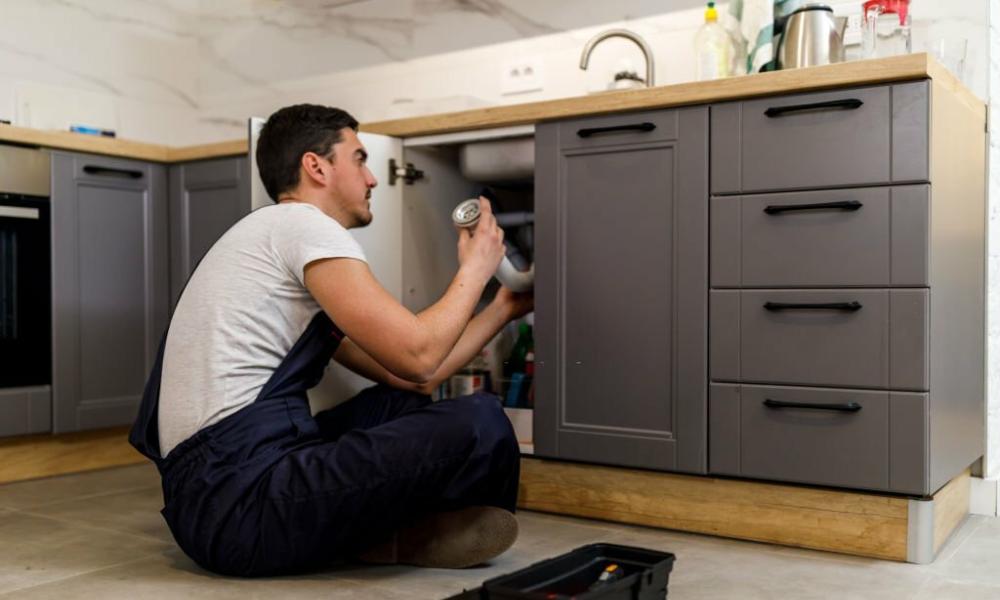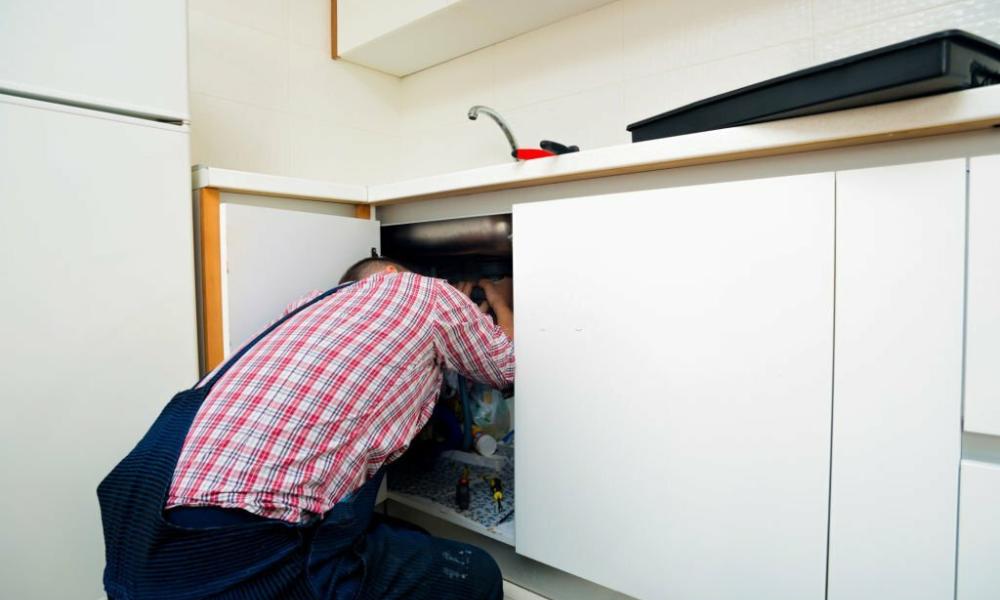Waiting for hot water to reach the kitchen sink can be a common frustration in many households. Not only does it waste precious time, but it also leads to unnecessary water consumption. Fortunately, there are effective solutions to this problem that can help you get hot water faster at your kitchen sink. This guide will explore various methods, from simple adjustments in your daily routine to more significant plumbing upgrades, all aimed at making your kitchen operations more efficient and eco-friendly. By implementing these strategies, you can enjoy the convenience of instant hot water and contribute to water conservation efforts.
Understanding the Issue
Before diving into solutions, It’s essential to grasp why hot water delay occurs. The primary reason is the distance between your water heater and the kitchen sink. When you turn on the hot faucet, the water in the pipes must first be displaced by hot water from the heater. If your heater is located far from the sink, or if the pipes are old and inefficient, this can significantly increase wait times.
Solutions for Faster Hot Water:
Adjusting Water Heater Settings
Adjusting your water heater settings can be a simple yet powerful way to cut down the time it takes for hot water to reach your kitchen sink. Often, households have their water heaters set at unnecessarily high temperatures, resulting in wasted energy and longer waiting periods. By lowering the temperature on your water heater, not only can you save energy, but you can also reduce the wait for hot water. This tweak works because water at a slightly lower temperature loses heat more slowly as it moves through the pipes, reaching your tap warmer and cutting down the perceived wait time.
Install a Hot Water Recirculation Pump
Installing a hot water recirculation pump offers an efficient solution to reduce the wait time for hot water at your kitchen sink. This system keeps hot water circulating through your home’s plumbing, providing instant access without delays. It functions by moving hot water from the heater through the pipes and back, either via a dedicated line or using the cold water line as a return pathway. You can activate this system as needed or set it on a timer, ensuring prompt access to hot water while also saving energy.
Insulating Hot Water Pipes
By wrapping your hot water pipes with insulation materials such as foam or fiberglass sleeves, you can significantly reduce heat loss as the water travels from the heater to the faucet. This means that the water stays hotter for a longer period, reducing the time you have to wait for it to warm up to your desired temperature. Insulation is especially beneficial in unheated spaces or along exterior walls where pipes are more susceptible to temperature fluctuations.
Upgrade to a Tankless Water Heater
Switching to a tankless water heater can greatly boost the speed of hot water delivery at your kitchen sink, while also providing energy savings and space efficiency benefits. Unlike traditional tank water heaters that store and continuously heat a large water volume, tankless models heat water only when needed. This means hot water is ready the moment you turn on the tap, eliminating the wait time for heating and transporting water from a distant tank. Furthermore, tankless water heaters are more energy-efficient since they sidestep the energy losses linked to maintaining a reserve of hot water.
Install a Point-of-Use Hot Water Heater
Installing a point-of-use hot water heater beneath your kitchen sink offers a quick fix to hot water issues. These small units are placed near the point of use, ensuring almost instant hot water delivery. Operating on-demand, these heaters are highly efficient, cutting down on water and energy wastage. Perfect for kitchens far from the main water heater or for homes aiming to reduce water usage without major plumbing changes.
Check for and Fix any Leaks in Your Plumbing
Leaks in your plumbing can significantly impact your hot water system’s efficiency. Even a minor leak can cause a pressure drop, hindering the quick delivery of hot water. Regularly inspecting your pipes, faucets, and connections for any signs of leaks and promptly addressing them can minimize water wastage and enhance hot water availability. This practice not only ensures faster hot water access but also aids in water conservation and reducing utility costs. Be vigilant in checking leak-prone areas like beneath sinks, near water heaters, and at pipe joints. Repairing leaks may involve tightening fittings, replacing damaged pipes, or using sealants, tasks often manageable without professional plumbing assistance.
Shorten the Pipe Lengths
One often overlooked yet highly effective method to enhance the speed of hot water delivery to your kitchen sink is by reducing the length of your plumbing pipes. This could entail rearranging your plumbing setup to position the water heater closer to your kitchen or creating a more direct route for the hot water. Implementing this solution may involve a substantial initial investment and the need for professional help. The lasting advantages include quicker access to hot water, enhanced overall efficiency, and decreased heat loss during water transportation.
Use Low-Flow Fixtures
Low-flow faucets and showerheads are designed to use less water per minute, which means less cold water needs to be displaced in the pipes before hot water arrives. This not only shortens the wait time for hot water but also contributes to water conservation and reduces your overall water usage. Additionally, These fixtures limit the flow of water. They inherently reduce the demand on your water heater, potentially extending its lifespan and lowering energy costs. Low-flow fixtures are typically easy to install and come in various styles and finishes to match your kitchen décor
How To Get Hot Water Faster To Shower
- Upgrade Your Showerhead: Installing a low-flow showerhead reduces the amount of water that needs to be heated and delivered, speeding up the time it takes for hot water to reach you.
- Optimize Your Water Heater: Ensuring your water heater is properly maintained, or upgrading to a more efficient model, such as a tankless water heater, can provide faster hot water by heating more efficiently.
- Add a Hot Water Recirculation System: A recirculation system, adjusted to your shower use schedule, can ensure hot water is always available on demand.
- Insulate Pipes: Like in the kitchen, insulating your hot water pipes minimizes heat loss as hot water travels to your shower, reducing the wait time significantly.
DIY Techniques for Immediate Improvement
While plumbing upgrades and hardware changes can significantly reduce hot water wait times. There are also simple, cost-effective DIY techniques that homeowners can utilize for immediate results. For instance, regularly flushing your water heater can remove sediment buildup that slows down heating efficiency. Also, arranging a convenient hot water use schedule can lessen the demand for your water heater during peak times. Ensuring faster delivery when you need it. Another practical tip is to use warm water instead of hot when possible, as it requires less heating time. Implementing these strategies requires minimal effort but can make a notable difference in your daily water usage and comfort.
Using Insulation Sleeves on Pipes
Insulation sleeves are an excellent way to prevent heat loss in the pipes. They come in different sizes and materials, so make sure to choose the right type for your pipes. These sleeves often have a high R-value, providing good thermal protection against the cold.
Regular Maintenance Tips
Keep an eye on your water heater’s condition, including the anode rod, and regularly check for leaks or damage. Maintaining your water heater can extend its lifespan and ensure it continues to operate efficiently.
Conclusions
Improving the efficiency of your hot water system can significantly reduce the time it takes to get hot water at your kitchen sink. By insulating pipes, installing a recirculation pump, adjusting the temperature setting on your water heater, and considering a point-of-use water heater, you can enjoy hot water faster and save time in your daily routine. Remember to consult with a professional plumber for any complex installations or modifications. With these tips and solutions in place, you can streamline your access to hot water and enhance your overall kitchen experience. Make these changes today and start enjoying hot water faster at your kitchen sink!
FAQ
Why does my kitchen sink water take so long to get hot?
The delay in hot water reaching your kitchen sink can be attributed to several factors, including the distance the water has to travel from the heater to the sink, the presence of sediments in the water heater reducing its efficiency, and uninsulated pipes allowing heat to escape. Addressing these issues can significantly reduce wait times.
How often should I flush my hot water tank to maintain efficiency?
It’s recommended to flush your hot water tank at least once a year to prevent sediment buildup, which can impair heating efficiency and water flow.
Can installing a tankless water heater really provide hot water faster?
Yes, Tankless water heaters provide hot water on demand by heating water directly without the use of a storage tank, resulting in a continuous supply of hot water and potentially quicker access




